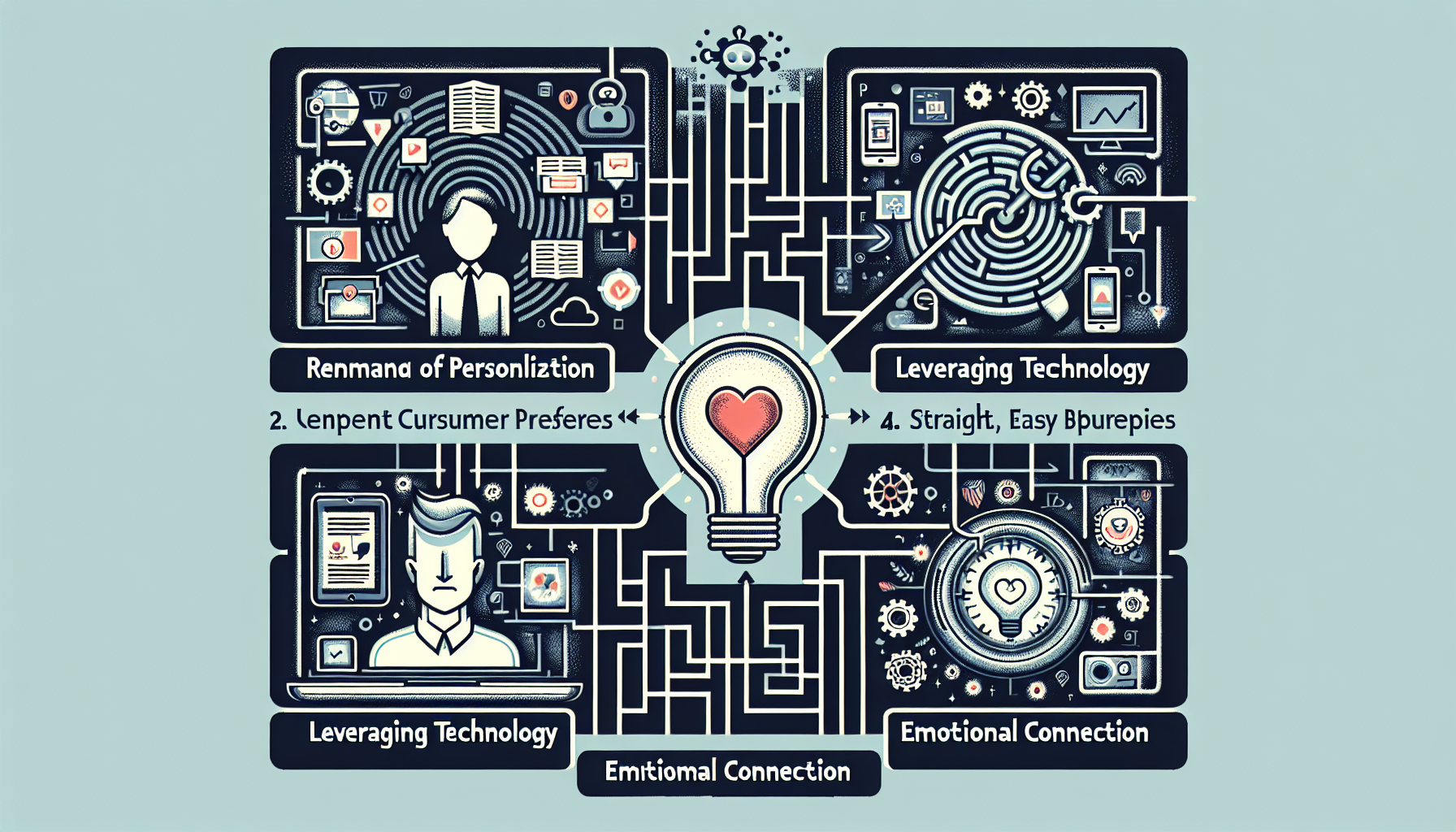10 Customer Loyalty Program Examples That Will Boost Your Sales
Customer loyalty programs have become a cornerstone for business growth, providing companies with significant advantages in today's competitive marketplace. These programs are more than just point systems; they are strategic tools designed to enhance customer retention and boost sales. By fostering a deeper connection with customers, businesses can enjoy a myriad of benefits, including increased revenue and stronger brand loyalty.

Why are customer loyalty programs vital?
- Revenue Growth: Businesses with effective loyalty programs experience 12-18% revenue growth on average.
- Customer Retention: Such programs improve customer retention rates by rewarding repeat purchases and fostering long-term relationships.
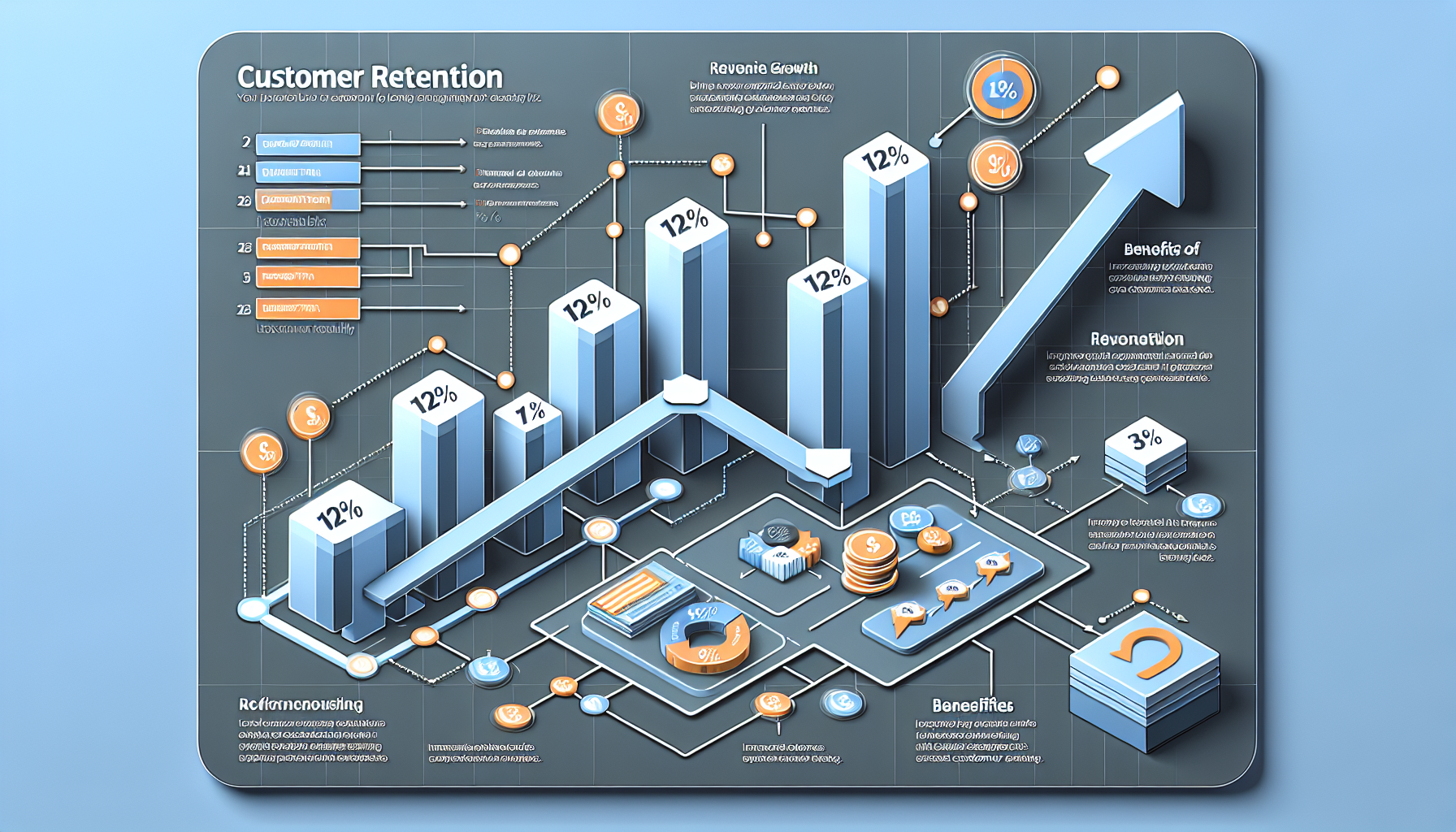
This article delves into 10 successful examples of customer loyalty programs that have proven to be effective across various industries. Each example demonstrates unique strategies to engage customers, increase sales, and build brand loyalty.
1. Points-Based Loyalty Programs
How Points-Based Systems Work
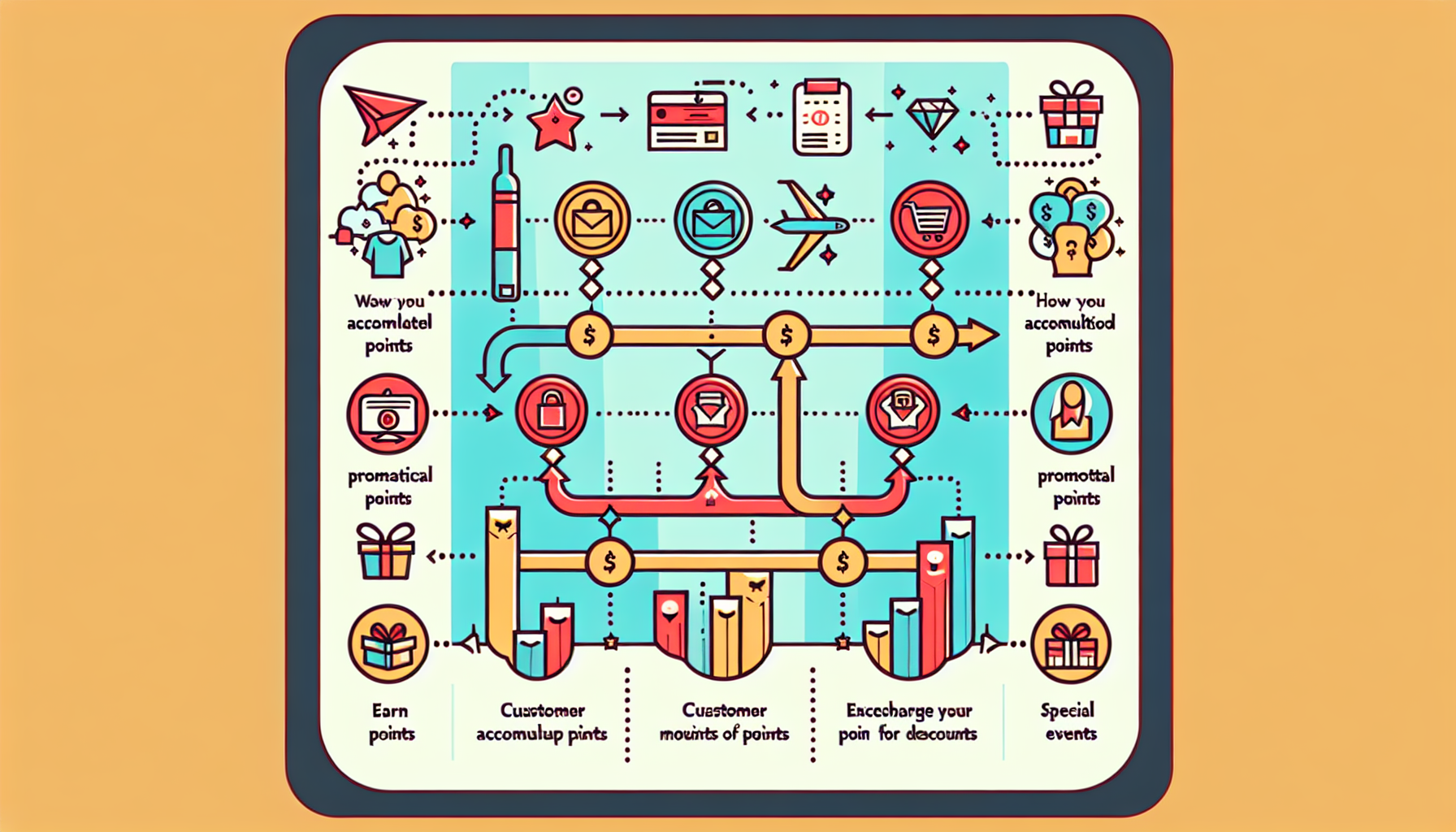
In points-based loyalty programs, customers earn points for every purchase they make, which can later be redeemed for rewards. The process is simple and straightforward:
- Earning Points: Customers accumulate points based on their spending. For example, they might earn one point for every dollar spent.
- Redeeming Points: Once enough points have been collected, customers can exchange them for various rewards such as discounts, free products, or exclusive offers.
This type of system is highly effective because it creates a direct and tangible link between spending and rewards. It also encourages repeat purchases as customers aim to accumulate more points for bigger rewards.
Example: Sephora's Beauty Insider Program
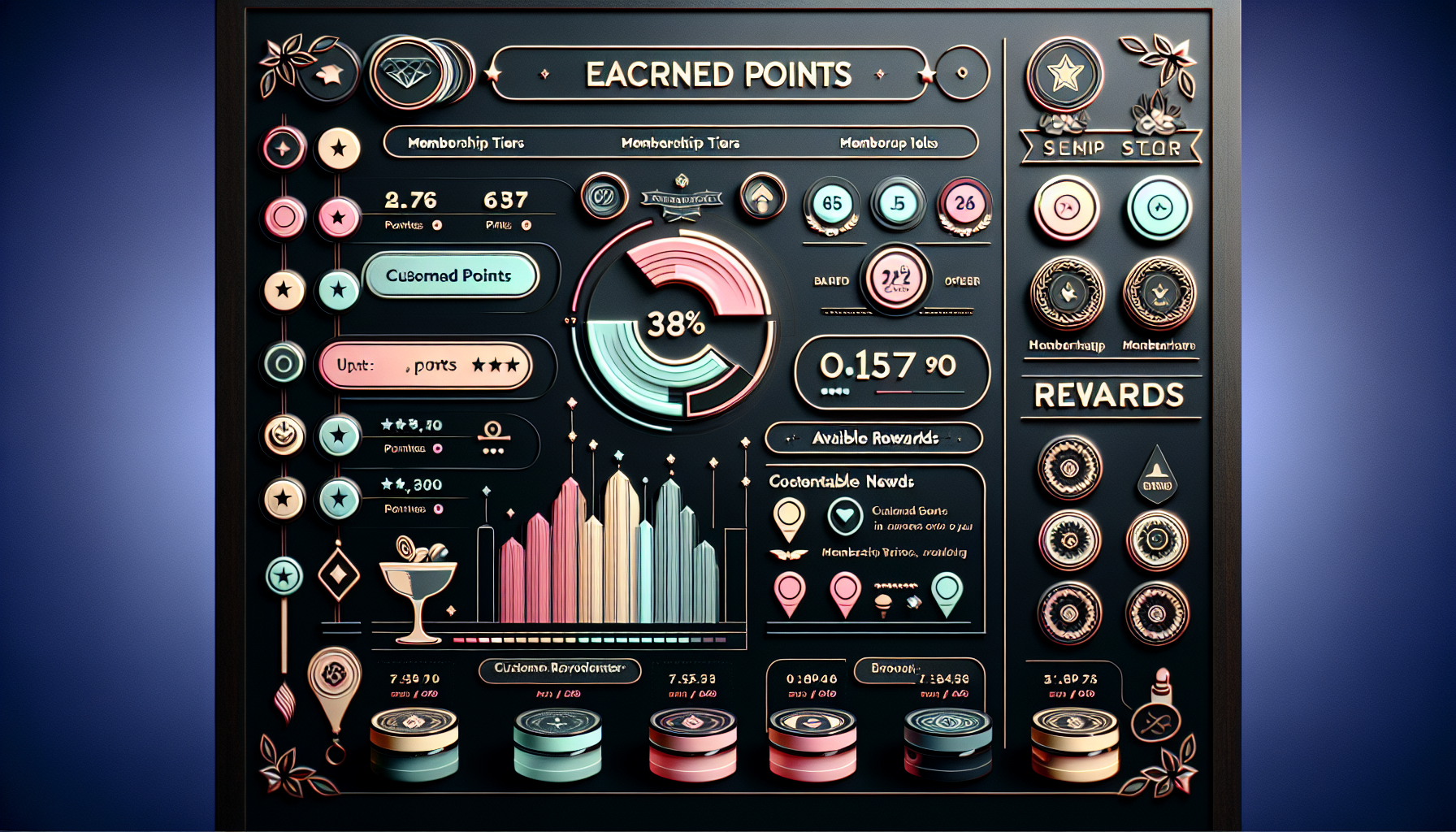
Sephora’s Beauty Insider Program is an exemplary model of a successful points-based loyalty program. Here’s how it works:
- Earning Points: Members earn one point for every dollar spent at Sephora.
- Redeeming Points: These points can be redeemed for deluxe samples, full-size products, or Sephora gift cards.
- Tiers and Benefits: The program also features tiered levels (Insider, VIB, and Rouge), which offer increasingly valuable perks based on annual spending.
Impact on Sales and Customer Engagement
Sephora’s Beauty Insider Program has significantly boosted sales and customer engagement:
- Increased Spending: Members tend to spend more than non-members due to the enticing rewards.
- Customer Retention: The program has enhanced customer loyalty by providing value beyond the initial purchase.
- Community Building: Exclusive events and early access to sales foster a sense of belonging among members.
Statistics: According to research, Sephora’s loyalty members account for 80% of its annual sales. This clearly demonstrates the effectiveness of points-based loyalty programs in driving revenue growth and customer retention.
Key Takeaways:
- Simple structure encourages participation
- Direct link between spending and rewards
- Proven impact on increasing sales and fostering loyalty
2. Value-Based Loyalty Programs
Value-based loyalty programs take a unique approach by rewarding customers for actions beyond just making purchases. This strategy aims to deepen customer engagement and build a community around the brand, driving long-term loyalty and advocacy.
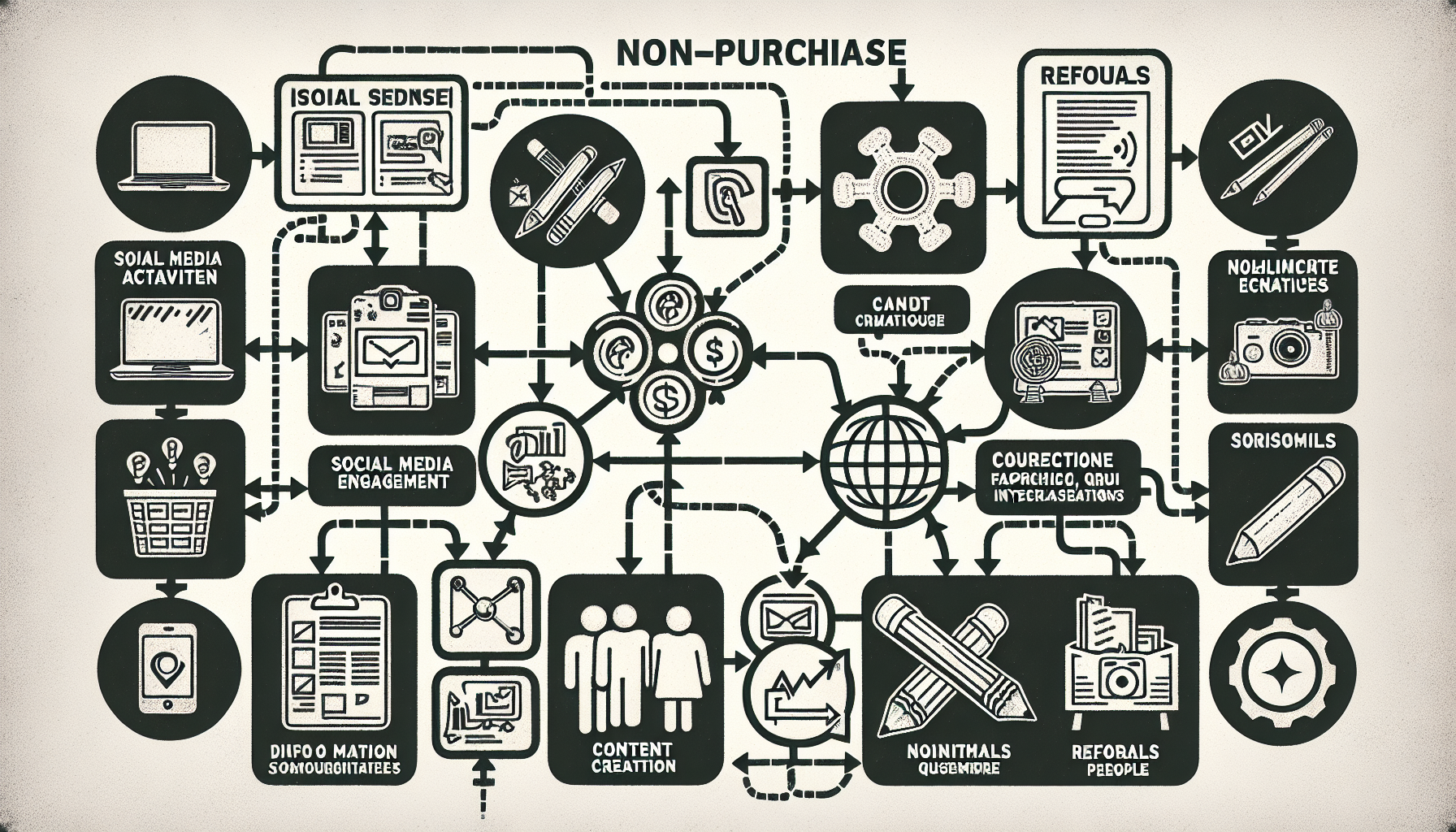
How Value-Based Loyalty Programs Work
In a value-based loyalty program, customers earn rewards for various non-purchase activities. These can include:
- Social Media Engagement: Sharing, liking, or commenting on the brand’s social media posts.
- Content Creation: Writing reviews, creating user-generated content, or participating in brand-related forums and discussions.
- Referrals: Inviting friends to join the program or shop with the brand.
- Surveys and Feedback: Completing surveys or providing feedback about products and services.
This type of program encourages customers to interact with the brand in multiple ways, creating a richer customer experience.
Example: LEGO Insiders

A prime example of a successful value-based loyalty program is LEGO Insiders. This program goes beyond traditional purchase-based rewards by fostering community engagement.
Key Features of LEGO Insiders:
- Community Building: Members can participate in forums, share their creations, and engage with other LEGO enthusiasts.
- Non-Purchase Rewards: Points are earned not just through purchases but also through activities like submitting product reviews, participating in challenges, and attending LEGO events.
- Exclusive Content and Early Access: Members get early access to new products and exclusive content that enhances their experience with the brand.
Impact on Brand Loyalty:
- Enhanced Engagement: By rewarding non-purchase actions, LEGO keeps its community engaged even when they are not actively buying products.
- Increased Advocacy: Engaged members often become brand advocates, promoting LEGO within their social circles and contributing to word-of-mouth marketing.
- Deeper Connection: The sense of belonging fostered by community engagement strengthens emotional connections to the brand.
Value-based loyalty programs like LEGO Insiders demonstrate how rewarding diverse customer interactions can lead to heightened loyalty and sustained business growth.
3. Tiered Loyalty Programs

Tiered loyalty programs are a powerful way to incentivize higher spending and increased engagement among customers. By offering different levels of rewards based on customer activity, businesses can cultivate a sense of exclusivity and prestige, driving customers to spend more to unlock better benefits.
How Tiered Systems Work
In a tiered loyalty program, customers start at a base level and can move up through various tiers by meeting specific criteria, such as:
- Spending a certain amount
- Making frequent purchases
- Engaging with the brand in other meaningful ways
Each tier offers progressively better rewards, which motivates customers to strive for higher levels.
Examples of Successful Tiered Loyalty Programs
Astrid & Miyu's "Astrid & You" Program
Astrid & Miyu's "Astrid & You" program is an excellent example of how tiered loyalty systems can be effectively implemented. This jewelry brand offers three distinct tiers—Silver, Gold, and Platinum—each providing increasingly attractive benefits:
- Silver Level: Access to exclusive sales and early releases.
- Gold Level: In addition to Silver perks, members receive birthday gifts and special event invitations.
- Platinum Level: Includes all Gold benefits plus personalized styling sessions and significant discounts on new collections.
This structured approach not only encourages higher spending but also fosters a deeper emotional connection with the brand.
Hilton Honors
Hilton Honors is another exemplary case that highlights the effectiveness of tiered loyalty programs in the hospitality industry. This program features four tiers: Member, Silver, Gold, and Diamond. Each tier offers escalating benefits tailored for frequent travelers:
- Member Level: Basic amenities like free Wi-Fi.
- Silver Level: Additional perks such as late checkout and complimentary bottled water.
- Gold Level: Enhanced benefits including room upgrades and free breakfast.
- Diamond Level: Premium advantages like executive lounge access and 48-hour room guarantees.
By rewarding loyal guests with superior experiences as they climb the tiers, Hilton Honors effectively boosts customer retention and satisfaction.
Benefits of Tiered Programs
Tiered loyalty programs not only drive higher spending but also create long-term customer relationships. The allure of unlocking better rewards keeps customers engaged and committed to the brand. Businesses benefit from increased customer lifetime value and a robust competitive edge in their respective markets.
4. Subscription-Based Loyalty Programs

Subscription-based loyalty programs offer a unique model where customers pay a recurring fee to access exclusive benefits. This approach provides substantial advantages for both businesses and consumers.
Benefits for Businesses and Consumers
For businesses, subscription-based loyalty programs create a steady stream of predictable revenue. This model drives customer retention by establishing ongoing relationships. Customers are less likely to switch brands when they are already committed to a subscription, which enhances lifetime value.
Consumers benefit from consistent access to exclusive perks, such as discounts, faster shipping, and special offers. Subscriptions make it easier for them to justify their spending as they perceive greater value in their purchases.
Examples of Successful Subscription-Based Programs
Amazon Prime is a quintessential example of the power of subscription-based loyalty programs. For an annual fee, members receive numerous benefits including free two-day shipping, access to streaming services, and exclusive deals. According to a 2015 CIPR report, Prime members spend approximately $1,500 per year on Amazon compared to $625 by non-members. This "lock-in" effect significantly boosts member spending while fostering brand loyalty.
Barnes & Noble Membership offers another insightful example. Members pay an annual fee to enjoy exclusive discounts on books and other merchandise, along with free shipping on online orders. This program not only incentivizes repeat purchases but also creates a sense of belonging among avid readers who appreciate the added value and convenience.
Subscription-based models thrive in commoditized markets where frequent purchases are common, making them ideal for businesses looking to enhance customer engagement and drive sustained revenue growth.
5. Community-Driven Loyalty Programs
Creating a sense of community has become a cornerstone for many successful customer loyalty programs. Community-driven loyalty programs go beyond mere transactions by fostering a sense of belonging and shared values among customers, which can significantly enhance brand loyalty.
The Importance of Building a Community Through Loyalty Initiatives

Community-driven loyalty programs are designed to create emotional connections between the brand and its customers. These programs often incorporate elements that encourage interaction among members, such as exclusive events, forums, and social media groups. By cultivating a community, businesses can:
- Enhance Customer Engagement: Regular interaction within the community keeps customers engaged and invested in the brand.
- Boost Brand Advocacy: Loyal customers are more likely to become brand advocates, sharing their positive experiences with others.
- Increase Customer Retention: A strong community fosters a sense of belonging, making customers less likely to switch to competitors.
Example: REI's Co-op Membership
REI’s Co-op membership is an exemplary model of a community-driven loyalty program. Designed specifically for outdoor enthusiasts, this program offers numerous benefits that foster a sense of belonging among its members.
Key Features of REI’s Co-op Membership:
- Annual Dividend: Members receive 10% back on eligible purchases in the form of an annual dividend.
- Exclusive Access: Members get early access to sales events and special promotions.
- Community Events: REI hosts member-exclusive events such as outdoor classes, workshops, and group adventures.
- Voting Rights: Members have a say in selecting REI’s board of directors, empowering them to influence the company’s direction.
By integrating these features, REI creates not just a loyalty program but a thriving community where members feel valued and connected. This approach has proven highly effective in retaining customers and driving sales growth.
6. Gamification in Loyalty Programs
Gamification in loyalty programs is changing the way businesses engage with customers by adding game-like features to the user experience. This approach not only makes interacting with the brand more enjoyable but also encourages customers to participate more often and with greater enthusiasm.
Increasing Engagement Through Gamification

There are several ways to gamify a loyalty program, including:
- Point accumulation for actions: Customers earn points not just for purchases but also for activities like social sharing, writing reviews, or attending events.
- Levels and badges: Users unlock different levels or earn badges based on their engagement and achievements.
- Challenges and missions: Setting tasks or missions that customers can complete to earn rewards.
- Leaderboards: Highlight top participants to foster a competitive spirit among users.
By incorporating these elements, businesses can turn ordinary transactions into exciting experiences that encourage customers to connect more deeply with the brand.
TheCHIVE's Rewards System
A great example of gamification in loyalty programs is TheCHIVE's rewards system. TheCHIVE uses gamification to motivate users to engage through:
- Photo uploads: Users can upload photos to the platform, earning points for each submission.
- Social sharing incentives: Points are awarded for sharing content on social media platforms, increasing both user participation and brand visibility.
- Exclusive content access: Higher engagement levels unlock access to special content and events, fostering a sense of exclusivity.
This innovative approach has led to a significant boost in user interaction and loyalty. The gamified elements make it fun for users to engage with the platform while simultaneously promoting brand advocacy through social media shares.
Incorporating gamification into your loyalty program can significantly enhance user engagement, making interactions more enjoyable and rewarding for your customers.
7. Successful Brand Strategies for Loyalty Programs
Analysis of Effective Branding Strategies in Loyalty
Creating successful brand strategies for loyalty programs requires a deep understanding of customer behaviors and preferences. Brands that excel in this area often:
- Personalize Experiences: Tailor rewards and communications based on individual customer data.
- Simplify Interactions: Ensure the program is easy to understand and use, minimizing friction points.
- Leverage Technology: Utilize apps, social media, and other digital tools to enhance engagement.
- Create Emotional Connections: Align the program with the brand's values and mission to foster a deeper emotional bond.
Example: Pacifica Beauty’s User-Friendly Approach to Rewards Redemption
Pacifica Beauty exemplifies a well-executed loyalty strategy. They focus on creating a seamless and enjoyable experience for their customers through their user-friendly rewards redemption system.
Key Elements:
- Branded Loyalty Page: Pacifica Beauty offers a dedicated, visually appealing loyalty page that aligns with their overall brand aesthetic.
- Checkout Slider: Customers see redeemable points directly in their cart, making it easy to apply rewards without disrupting the shopping experience.
- Clear Communication: The program details are communicated clearly, ensuring customers understand how they can earn and use points.
Impact:
Pacifica Beauty’s approach has resulted in a significant increase in member spending. By integrating these elements into their loyalty program, they have managed to boost customer engagement and retention effectively.
"Our members spend 130% more than non-members," says Pacifica Beauty’s marketing team.
Takeaway for Businesses:
For businesses looking to replicate this success, focusing on user experience and clear communication is key. Ensuring that customers can easily navigate the loyalty program and understand its benefits will drive higher engagement levels.
By analyzing successful brand strategies like those implemented by Pacifica Beauty, businesses can glean valuable insights into creating effective loyalty programs that not only retain customers but also enhance their overall experience with the brand.
8. Marketing Your Loyalty Program Effectively
Effective marketing strategies for loyalty programs are crucial in capturing your audience’s attention and driving engagement. A well-executed marketing plan can make the difference between a program that flounders and one that flourishes.
Importance of Visually Appealing Communications

Visual appeal is a non-negotiable aspect of marketing your loyalty program. An eye-catching design not only attracts attention but also enhances the user experience, making it easier for customers to understand and engage with the program.
- Emails: Use vibrant graphics, clear calls to action, and concise messaging to ensure your emails stand out in crowded inboxes.
- Standalone Pages: Create dedicated landing pages for your loyalty program that highlight benefits, showcase rewards, and explain how to earn points or tiers.
- In-App Notifications: For businesses with mobile apps, push notifications can effectively remind users of their rewards status or special promotions.
Strategies for Effective Marketing
Several strategies have proven successful in promoting loyalty programs:
Time-Limited Promotions

Offering limited-time incentives can significantly boost engagement by creating a sense of urgency. Dr. Axe’s approach to time-limited promotions is an excellent example:
- Dr. Axe: By offering exclusive discounts or bonus points for a limited period, Dr. Axe successfully drives short-term spikes in customer activity. These promotions encourage immediate purchases and increased participation in the loyalty program.
Referral Rewards
Referral programs leverage existing customers to bring in new ones, making them a powerful tool for expanding your customer base organically.
- Pulse Boutique: Their “refer-a-friend” strategy has been particularly effective. By rewarding both the referrer and the new customer with points or discounts, Pulse Boutique incentivizes word-of-mouth marketing. This not only attracts new customers but also reinforces the loyalty of existing ones.
Combining Strategies for Maximum Impact
Combining these strategies can lead to even greater success:
- Visual Appeal + Time-Limited Promotions: Use aesthetically pleasing banners or pop-ups on your website to announce flash sales or special offers.
- Email Campaigns + Referral Rewards: Send visually appealing emails that highlight referral benefits and include easy-to-share links or referral codes.
By integrating these tactics into your marketing efforts, you can create a compelling loyalty program that captivates customers and drives sustained engagement.
Conclusion

Customer loyalty programs are not just a trend—they're a proven strategy to enhance customer retention and significantly boost sales. By rewarding your customers for their engagement and loyalty, you can build stronger relationships, increase repeat purchases, and create brand advocates who help spread the word.
To improve customer retention with loyalty programs, local business owners can leverage the powerful features of Lealtad App. Our platform makes it incredibly easy to set up a custom-branded digital loyalty program that resonates with your customer base.
Why choose Lealtad App?
- Ease of Use: Create your program in less than 10 minutes.
- Customization: Tailor rewards to match your brand.
- Budget-Friendly: Affordable plans that suit businesses of all sizes.
For a hands-on experience, we invite you to visit our website and schedule a complimentary strategy demo session. Discover how you can transform casual buyers into loyal customers with a digital loyalty rewards program that's both effective and easy to manage.
Visit Lealtad App today and take the first step towards boosting your sales through customer loyalty!

